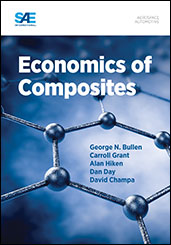Technical Paper
A Selected Operational History of the Internal Thermal Control System (ITCS) for International Space Station (ISS)
2004-07-19
2004-01-2470
The Internal Thermal Control System (ITCS) has been developed jointly by Boeing Corporation, Huntsville, Alabama and Honeywell Engines & Systems, Torrance, California to meet the internal thermal control needs for the International Space Station (ISS). The ITCS provides heat removal for the critical life support systems and thermal conditioning for numerous experiment racks. The ITCS will be fitted on a number of modules on the ISS. The first US Element containing the ITCS, Node 1, was launched in December 1998. Since Node 1 does not contain a pump to circulate the fluid it was not filled with ITCS fluid until after the US Laboratory Module was installed. The second US Element module, US Laboratory Module, which contains the pumps and all the major ITCS control hardware, was launched in February 2001. The third US Element containing the ITCS, the US Airlock, was launched in July 2001.

